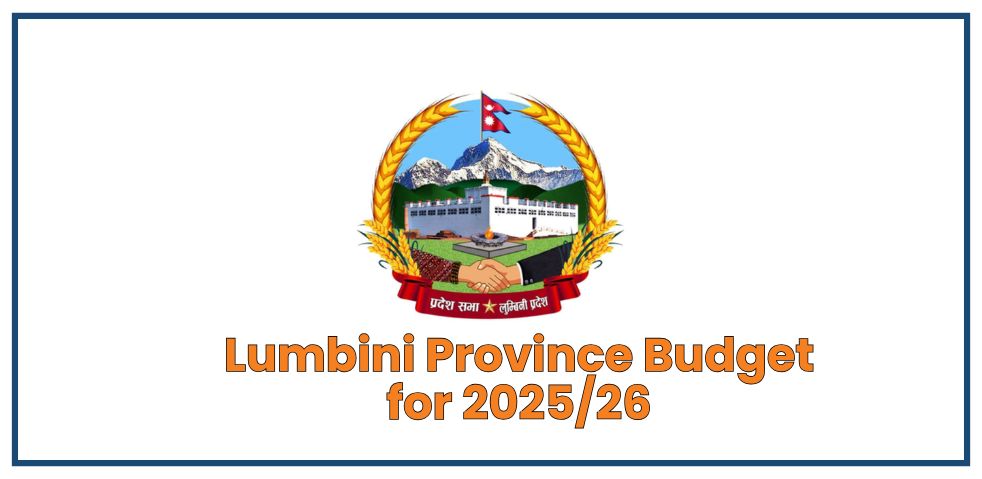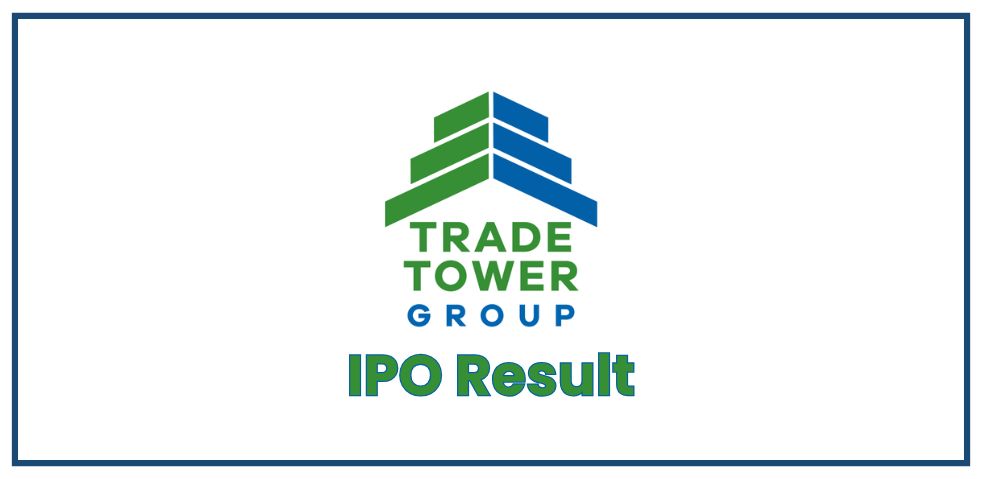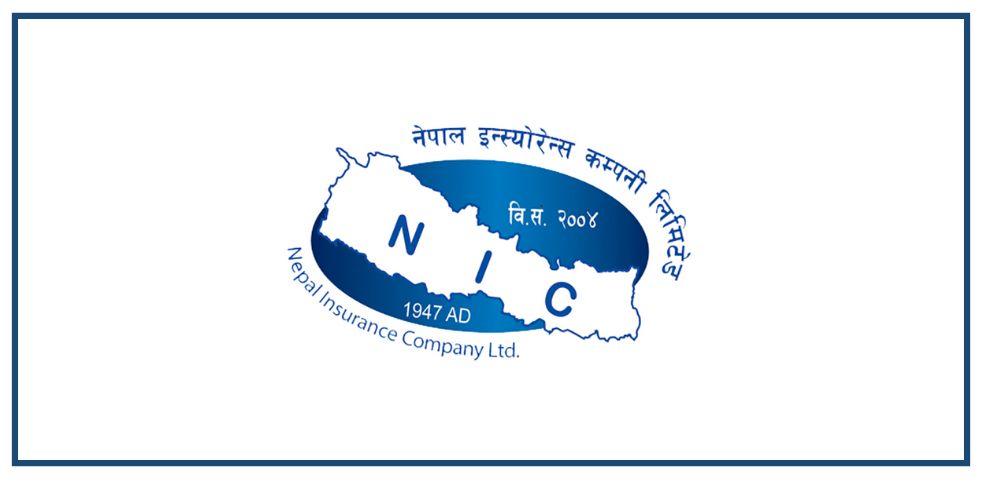Nepal’s commercial banks have invested only one-third of their total loans in the sectors directed by Nepal Rastra Bank (NRB), falling short of regulatory expectations aimed at boosting domestic production and economic activity.
According to the central bank’s report, as of the end of Chaitra in the current fiscal year, commercial banks have invested 33.5% of total loans in the directed sectors. This includes agriculture, energy, small and medium enterprises (SMEs), and other production-based industries.
What Are Directed Sectors?
Directed sectors are areas the central bank wants banks to focus their lending on. These include:
- Agriculture and allied industries
- Energy
- Small, cottage, and medium enterprises (SMEs)
- Industries using 100% domestic raw materials
- Tourism, handicrafts, and IT-based businesses
To support growth in these sectors, the central bank has capped interest rates—banks can charge only up to 2% more than the base rate on loans in these areas.
Current Lending Status
- Total bank lending till Chaitra: Rs. 49.13 trillion
- Directed sector lending: Rs. 16.45 trillion
Breakdown of Directed Sector Lending:
| Sector | Required by FY 2084 Ashad | Current as of Chaitra |
| Agriculture | 15% of total loans | 13.78% |
| Energy | 10% of total loans | 8.80% |
| SMEs & Cottage | 15% of total loans | Not specified |
| Combined (Agri + SME + Energy) | 12% (for this FY for all B/FIs) | 10.92% (for commercial banks) |
Regulatory Requirements and Penalties
- Banks must meet sector-specific lending percentages by the end of Ashad 2084.
- Failing to meet these targets will result in penalties. The shortfall amount will be calculated, and banks will be fined based on the interest that would have been earned on that amount at their maximum interest rate.
- The penalty will be enforced quarterly.
Target Highlights:
- By Ashad 2084:
- At least 15% of total loans must be allocated to agriculture.
- 10% of energy.
- 15% to SMEs, including loans under Rs. 2 crores and those targeting the underprivileged.
- Development banks must allocate 20%, and finance companies 15% of their total loans to the directed sectors.
Special Provisions for Priority Lending
NRB has mandated that loans for the following must be offered at concessional rates (up to 2% above the base rate):
- Food production (up to Rs. 2 crore)
- Animal husbandry and fisheries
- Agro-supporting industries
- Domestic tool manufacturing
- Export-based industries
- IT-based enterprises
- Tourism, crafts, and skills-based businesses
Challenges Ahead
Due to low demand for credit in the economy, many banks are unlikely to meet these targets by the end of the fiscal year. The slow pace of loan disbursement in agriculture, energy, and SMEs increases the risk of penalties for several banks.
Also, many financial institutions are still below the required threshold, especially in SME and energy lending.
Conclusion
Nepal Rastra Bank has set clear goals for banks and financial institutions to encourage investment in sectors that support domestic production and reduce import dependence. However, with just weeks remaining in the fiscal year, many banks are struggling to meet these requirements.
The central bank has warned that failure to comply will lead to financial penalties, pushing banks to act quickly and direct more loans into priority sectors before the deadline.








